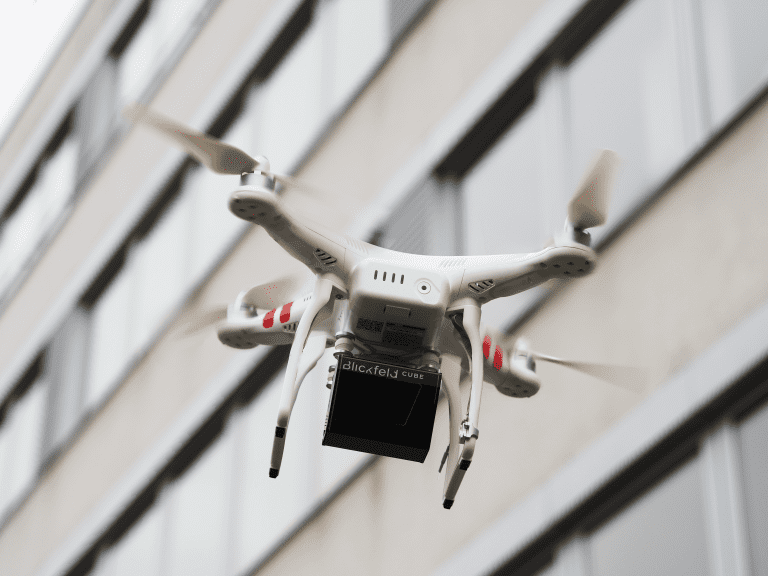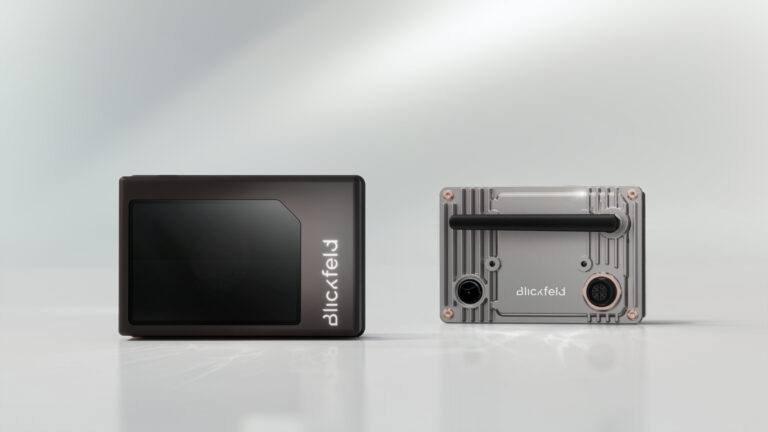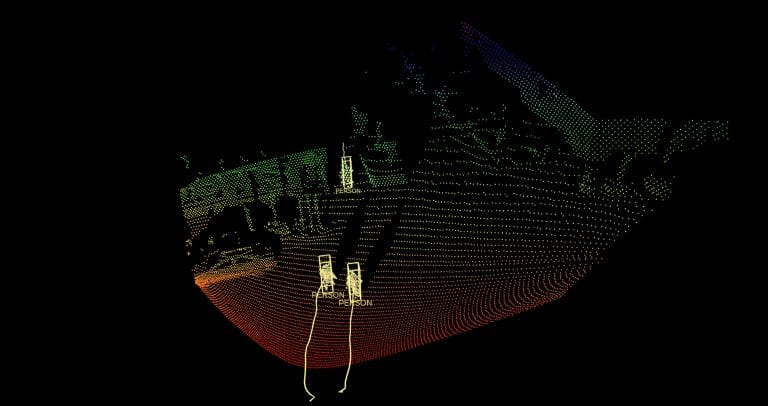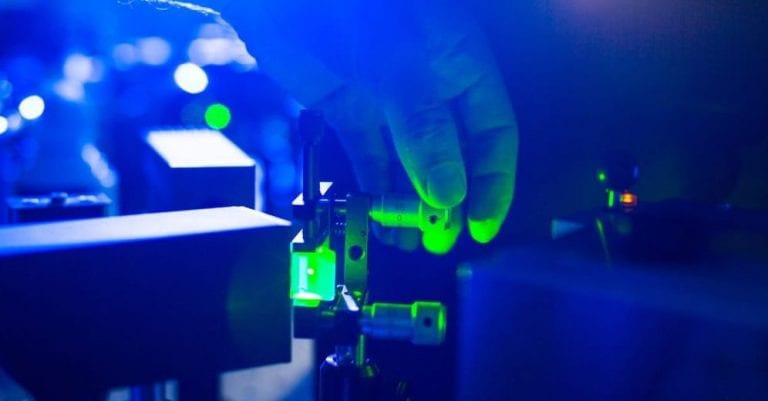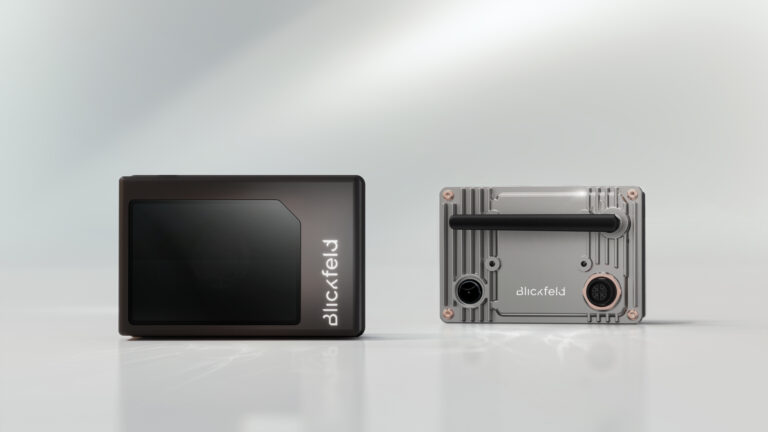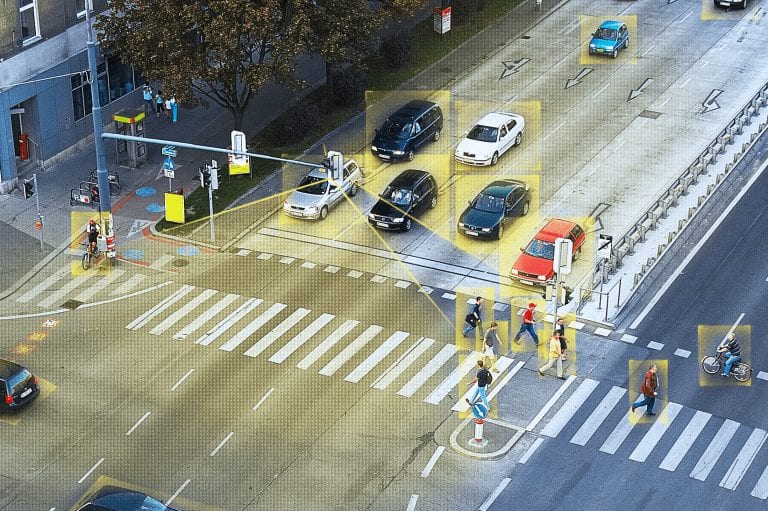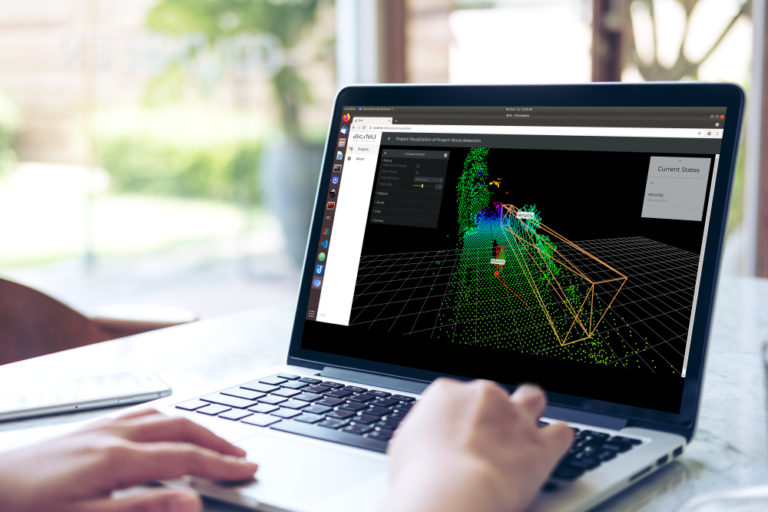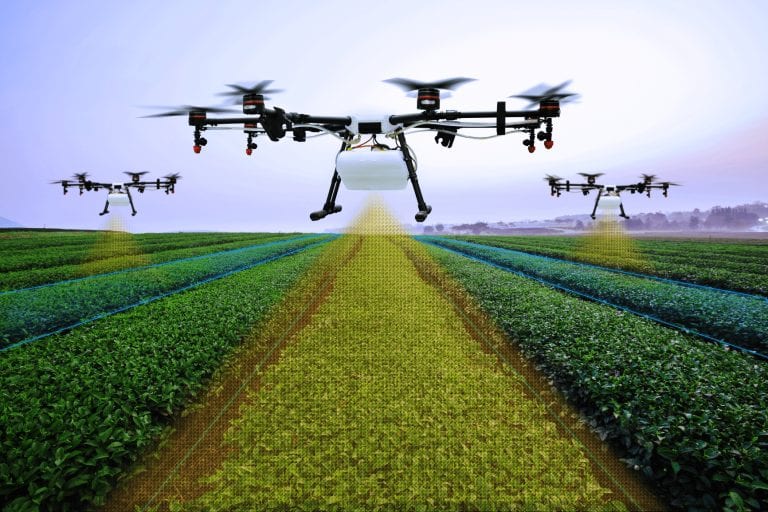LiDAR technology
Florian Petit
Myths about LiDAR Sensor Debunked – Part 2
LiDAR technology has acted as a building block for many technologies and applications but has also been mired with several myths and false presumptions. As the second part of this blog series, we have rounded up more common myths about LiDAR and have debunked them.
